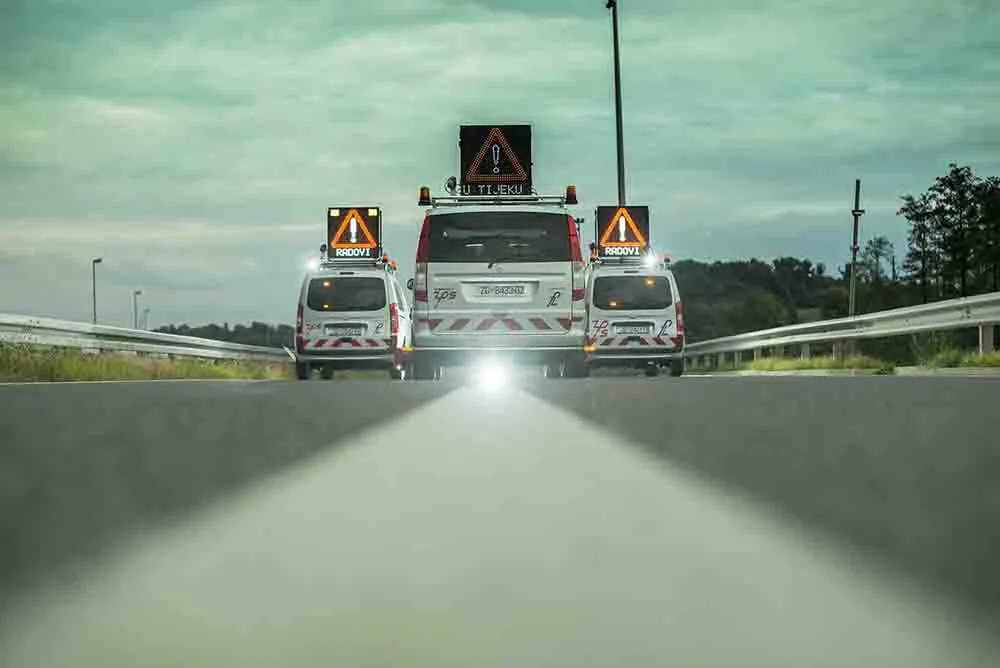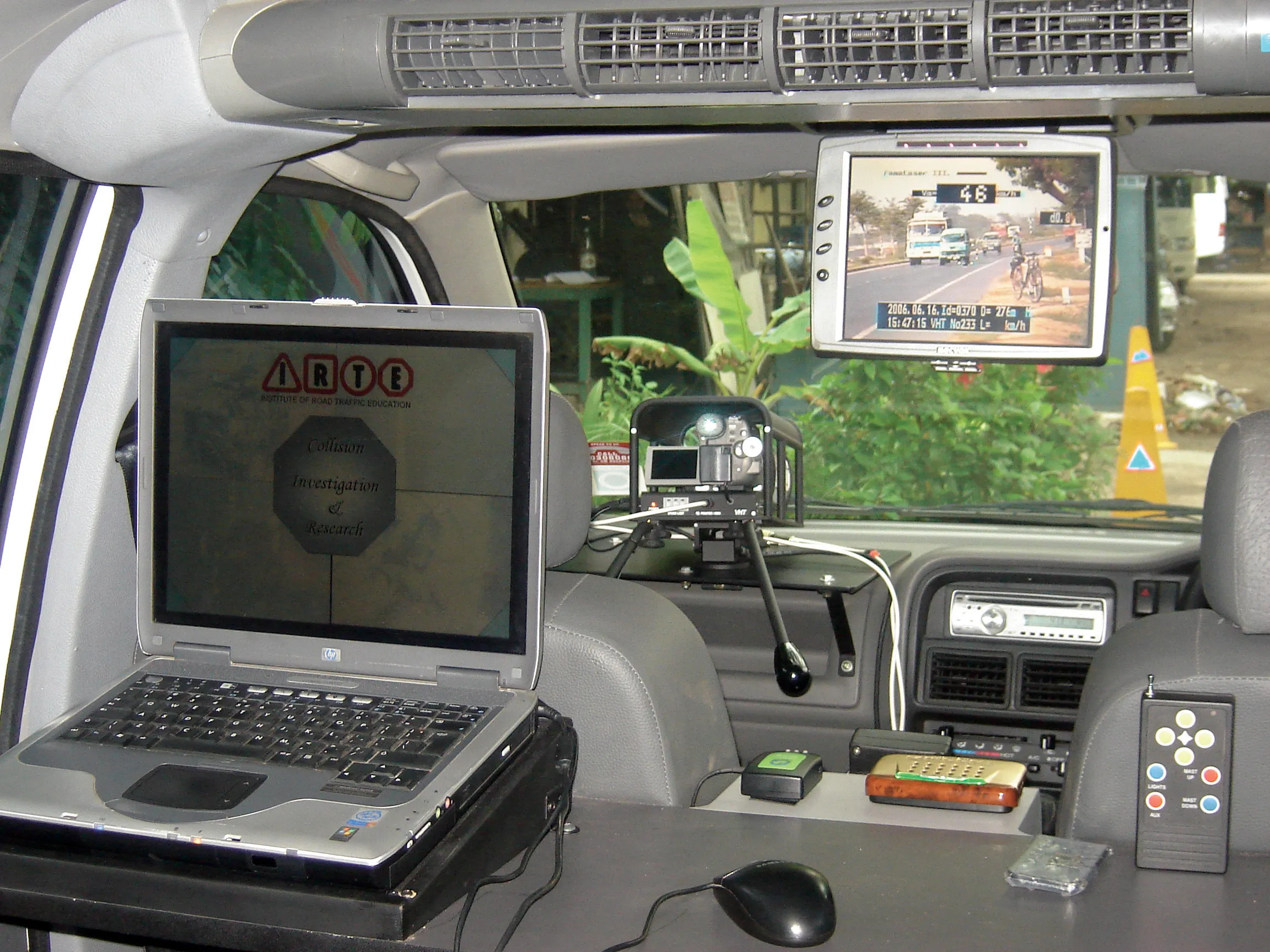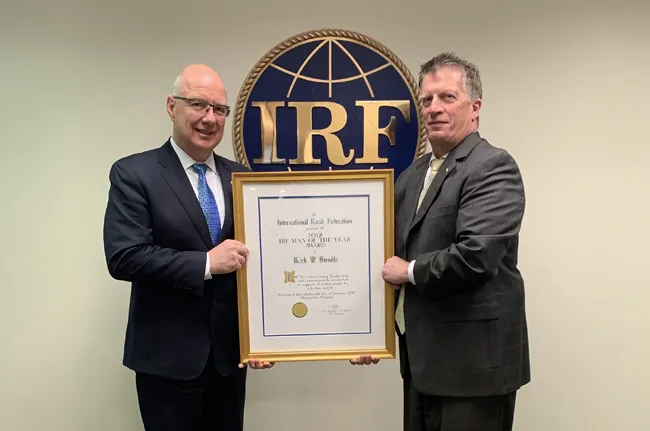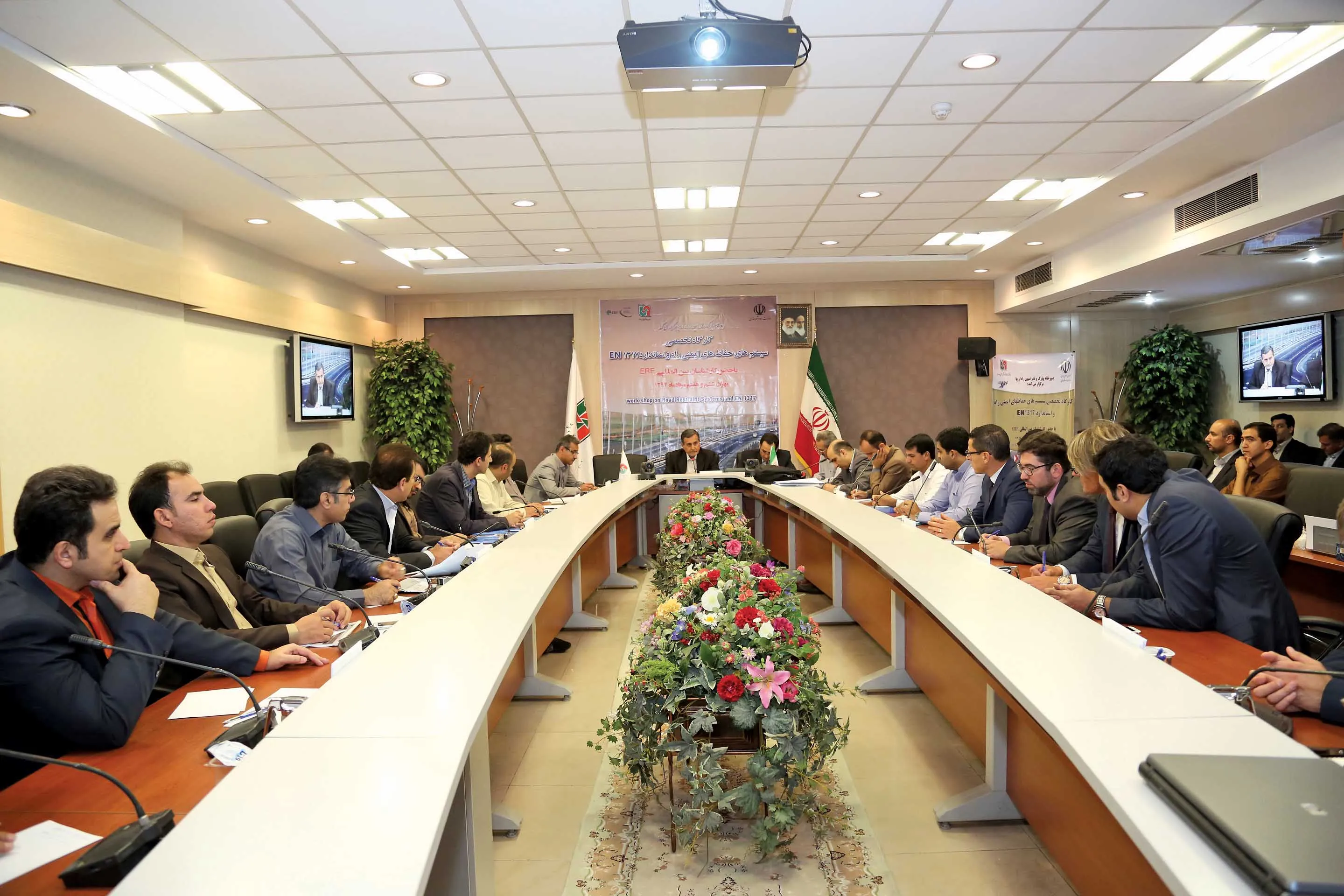
Today, well designed and maintained traffic signs and pavement markings have proven safety benefits. Drivers able to understand the road environment and make informed decisions are less prone to run-off road accidents. However, design standards were developed with young drivers' performance data and slower speeds. Highways are now designed for older drivers and higher speeds
In the future, however, human-led vehicles will slowly give way to partial-to-fully automated vehicles operating in expanding conditions. How can agencies prepare for this trend while continuing to provide safe and efficient travel for today’s drivers?
To answer these essential questions, IRF together with the University of Zagreb’s newly-established European Road & Traffic Institute organised a two-day international symposium taking stock of international experience in the design and maintenance of traffic signs and pavement markings. This event also covered global efforts to roll out new guidelines for connected and autonomous driving, through a cross-sector panel of road agencies, research institutions and industry stakeholders.
The symposium saw leading specialists benchmark existing practices and new research in Europe and North America. There was general consensus that for the foreseeable future, systems will need to work for humans and vehicles – a case in point being the trend towards wider (150mm) lane markings. These increase the detection of horizontal curves for human drivers whilst improving the performance of automated driving technologies. The variety of marking systems and traffic control devices in use present a formidable challenge which will only be successfully addressed through regular cooperation and data exchange between the highway and automotive industries.
Opening the event, IRF executive vice-president Michael G Dreznes noted: “The UN Decade of Action for Road Safety has been marked by an incredible surge in the public awareness of the road traffic injury problem. Our roads have been made more self-explaining and forgiving of human errors, leading to better engineering practices being mainstreamed in the design of new road infrastructure. The road safety industry itself is constantly innovating, and symposiums such as these provide an invaluable opportunity to connect these innovations with Vision Zero objectives.”








